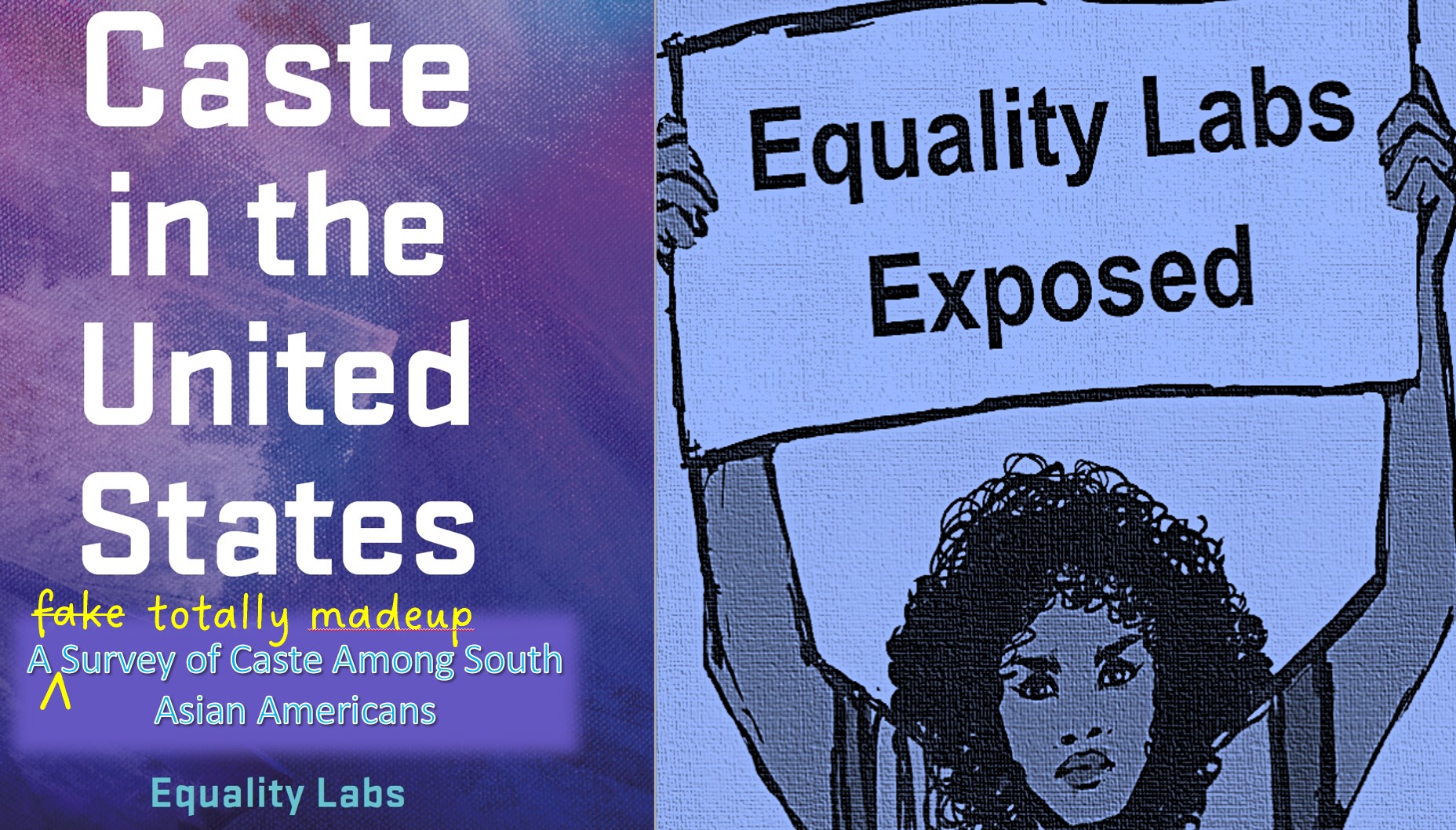Today, the laws in the United States of America apply to everyone equally. No law exclusively targets any group based on their religious affiliations, country of origin, or political ideology. That was not always the case.
Equal but Separate – Dark History of Racism in America
Two hundred years ago, the US classified people into three races: those with European ancestry, those with Native American ancestry, and those with African ancestry. The members of each group were assigned their racial identity at birth. These race-based identities were legally sanctioned, and the three groups were subject to different laws, rights, and privileges. One’s race decided the life one would have, where one could live, work, get an education, or whether one had unrestricted access to public resources and facilities. There were some interracial marriages on the fringes of society, and their progeny were assigned identities based on “blood purity formulas,” where white blood was considered the purest. Laws varied from state to state, but generally, such marriages were declared illegal.
When the United States started as a democratic republic, the privilege of citizenship was limited exclusively to people labeled as free white men. In 1865, laws for people of African descent were modified. They were granted rights of citizenship that, in theory, were equal to those of European descent with the stipulation “equal but separate,” maintaining a legally sanctioned social and cultural segregation. Depending on one’s place of residence and situation, access to public resources and facilities was restricted.
In 1924, Native Americans were conferred citizenship as a reward for their service in World War I. However, legalized segregation persisted under the “equal but separate” clause. In the second half of the nineteenth century, Chinese, Japanese, and Indian Sikhs immigrated to the United States. They made a livelihood with a variety of jobs and uncertain residence status while being denied citizenship and other rights by exclusionary laws. In 1943, Chinese and Japanese immigrants were granted citizenship due to wartime labor shortages. The Luce-Cellar Act of 1946 permitted those from the Indian subcontinent to become naturalized citizens. After the laws were changed, these groups were allowed to own homes and farmland and petition to bring their families to the United States as permanent residents. Despite all these changes, the “separate but equal” policy persisted, with non-Europeans being denied access to certain institutions and services. Racial identity and its legal status continued as well. The racial identity assigned at birth determined how far a person could advance socially and professionally. State-by-State regulations prohibited interracial marriages and racial and ethnic mixing.
Social Equality at last!
It was in 1954 that the Supreme Court of the United States ruled in Brown vs. Board of Education, Topeka, Kansas, that the “equal but separate” doctrine was unconstitutional. However, it was only after the passage of the 1965 Civil Rights legislation by the United States Congress that all categories of people, regardless of birth, religious belief, or place of origin, gained social equality and equal access to public offices and resources in the US legal system. The Supreme Court decision in 1967 on Loving vs. the State of Virginia finally nullified the laws prohibiting interracial and inter-ethnic marriages. Race had finally lost its legal protection and began to evolve into a fluid social or cultural identity. At long last, the United States had become a society in which no group was exclusively subject to laws based on race, religion, gender, or national origin.
California SB-403 Harkens Back to America’s Racist Past
California’s proposed SB-403 resolution seeks to alter all this by creating a law that would apply exclusively to the Hindu community. If this bill is passed, the California legal system will treat Hindus differently from other groups, effectively reversing the progress made in America’s human rights movement over two centuries. The American Hindus will be targeted exclusively based on a historical trope – the caste system. Discrimination based on caste is analogous to discrimination based on heredity, which the existing Civil Rights Act already prohibits. The introduction of the SB-403 resolution presupposes, without evidence, that every Hindu engages in caste discrimination, thereby stigmatizing the entire Hindu community. The legislation will effectively reawaken the ghost of the old racial theories and bring back the “equal but separate” system in American society.
Recently, the Hindu community enjoyed a small victory on the caste issue. The California Civil Rights Division dismissed an alleged caste discrimination suit against two Cisco engineers for lack of evidence. The Hindu community seems ecstatic about this development and believes that this decision will cause the proposed SB-403 to be withdrawn. However, their expectations are misplaced. There appears to be a broad conspiracy to affect regime change in India as the current government does not conform to its vision of the world order. Numerous NGOs and media outlets have been recruited and funded in this enterprise. They employ Indian leftists and so-called Ambedkarites as useful idiots in their campaigns. California’s SB-403 bill appears to be a part of this global conspiracy; minor setbacks like the Cisco case are not expected to change its course.
A Word on Caste System in India
The caste system at the core of this bill is a remnant of India’s colonial past, imposed by the British colonial government on India’s prevailing social order. Modeled on the European Sistema de Casta system, the colonial government imposed a vertical caste system on Indian society in the late nineteenth century, just as racial theories were being touted as scientifically valid by the Western world.
When India gained independence from Britain in 1947, the colonial legal structure of caste was carried verbatim into the Indian constitution with the intention of providing relief to the millions of Dalits and underprivileged class that the 200 years of India’s plunder by Britain had produced. There is a distinct parallel between the Dalit problem that the British Raj produced in India and the permanently destitute segment of British society (the “submerged tenth) that they had produced at home. William Booth writes about it in gory detail in his 1890 book, In Darkest England.
India’s massive Reservation system to uplift the marginalized segments of society (like the American Affirmative Action program) was launched in 1950 and is the longest-running program of its kind in the world. The program has exceeded expectations in raising the educational and socio-economic standards of the Dalit community that India inherited from the British Raj. Today more than half the seats in the education system and government jobs are reserved for the Dalits and socially marginalized segments of the population in India.
Unfortunately, some Dalit groups have joined hands with the leftists, the Christian missionaries, and other anti-Hindu syndicates. Ignoring the progress in correcting the ills of the colonial era, they lose no opportunity to blame the Hindu society for the remnants of the social stratification that still prevails in Indian society, conveniently giving a free pass to the misdeeds of the colonial powers.







